Explore the Heart of São Paulo
Join us on a captivating journey through São Paulo's rich history and vibrant culture in this free walking tour. Discover stunning landmarks and hidden gems!
Time
3 Hours
Stops
9 Places
Distance
4.6 km
São Paulo Cathedral (Catedral Metropolitana de São Paulo)
Start your tour at the São Paulo Cathedral, a stunning example of Neo-Gothic architecture and one of the largest churches in Brazil.
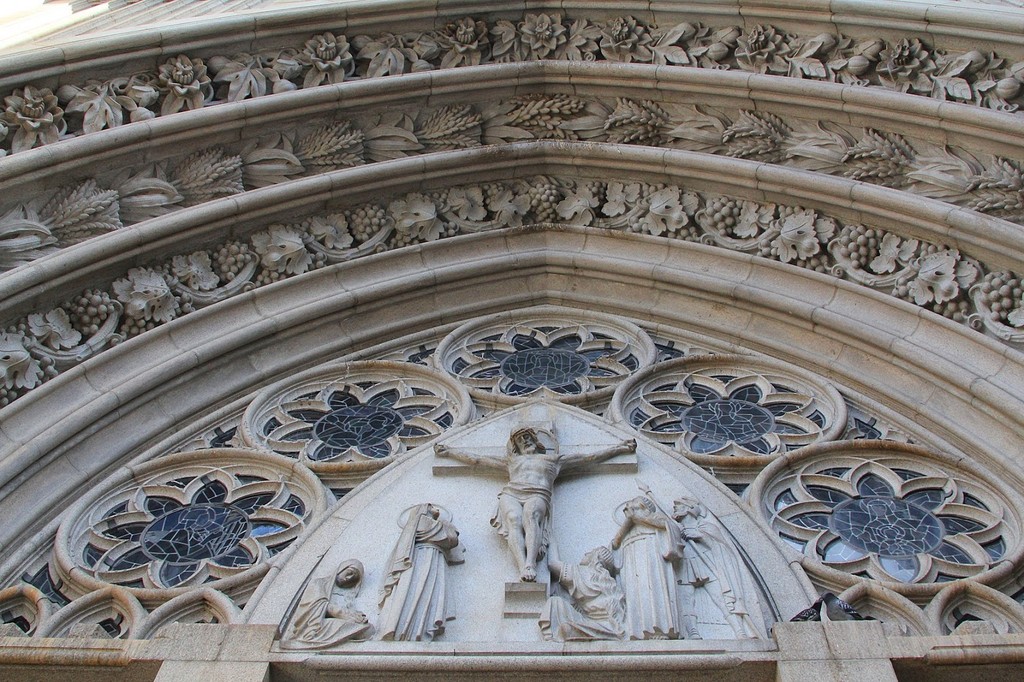
São Paulo Cathedral (Catedral Metropolitana de São Paulo) (Source: Google Maps)
The São Paulo Cathedral, known as Catedral Metropolitana de São Paulo, is a remarkable example of Neo-Gothic architecture and stands as one of Brazil's largest churches. Its construction began in 1913 and was completed in 1999, featuring a stunning facade adorned with intricate sculptures and stained glass windows. The cathedral's towering spires reach a height of 92 meters, making it a prominent feature of São Paulo's skyline. Inside, visitors can admire the vast nave that can accommodate thousands of worshippers, along with the beautiful altars and chapels that showcase religious art from various periods. The cathedral is not only a place of worship but also a cultural landmark, hosting concerts and events that celebrate the city's heritage.
Pátio do Colégio
Just a short walk away, visit the site where São Paulo was founded in 1554, now a museum and cultural center.
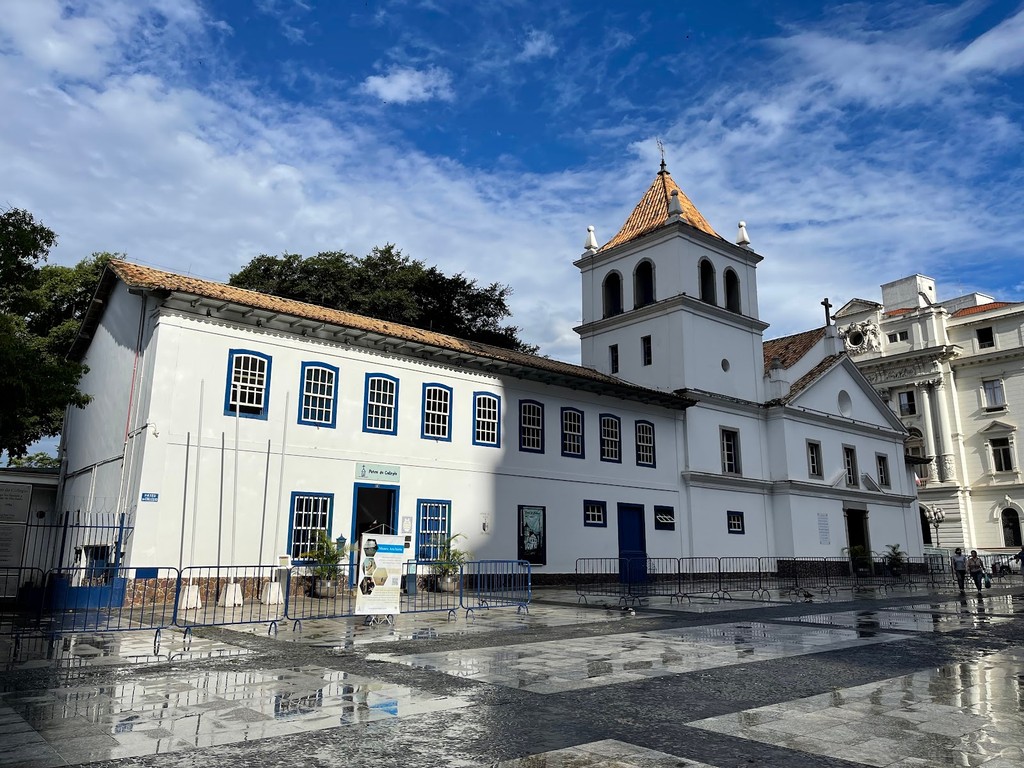
Pátio do Colégio (Source: Google Maps)
Pátio do Colégio is a historic site that marks the founding of São Paulo in 1554 by Jesuit priests. Originally built as a school and chapel, the site has evolved into a cultural center that preserves the city's history. The architectural style reflects the colonial period, with a charming courtyard surrounded by buildings that house a museum and a café. Visitors can explore exhibits that detail the history of São Paulo, from its indigenous roots to its colonial past. The site is a serene escape in the bustling city, inviting guests to reflect on the city's origins while enjoying the lush gardens and historical ambiance.
Centro Cultural Banco do Brasil (CCBB)
Continue to the CCBB, a cultural institution hosting art exhibitions, theater productions, and films in a beautifully restored historic building.
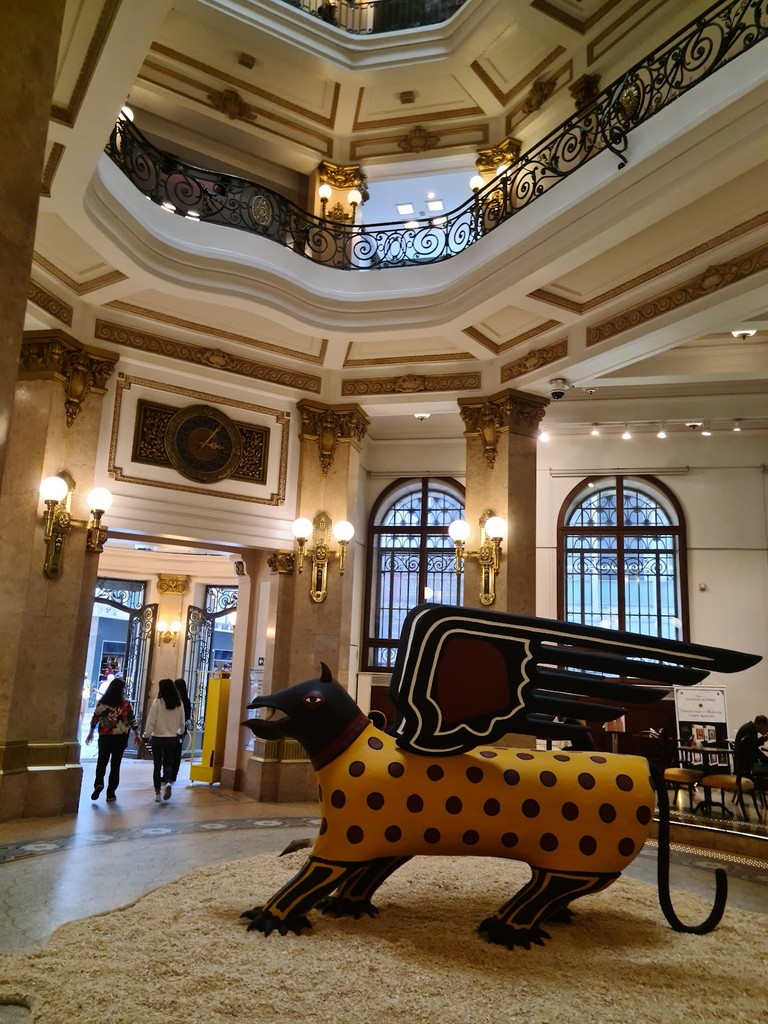
Centro Cultural Banco do Brasil (CCBB) (Source: Google Maps)
The Centro Cultural Banco do Brasil (CCBB) is a prominent cultural institution in São Paulo, housed in a beautifully restored historic building that was originally a bank. Opened in 2001, it serves as a hub for art exhibitions, theater productions, and film screenings. The architecture of the CCBB features a blend of neoclassical and modern elements, with grand staircases and ornate ceilings that create a stunning backdrop for the diverse cultural programs it hosts. The center is committed to promoting Brazilian culture and often features works by both established and emerging artists. Its galleries showcase contemporary and historical art, making it a must-visit for art enthusiasts.
Martinelli Building (Edifício Martinelli)
Head to the Martinelli Building, the first skyscraper in Brazil, offering panoramic views of the city from its rooftop terrace.
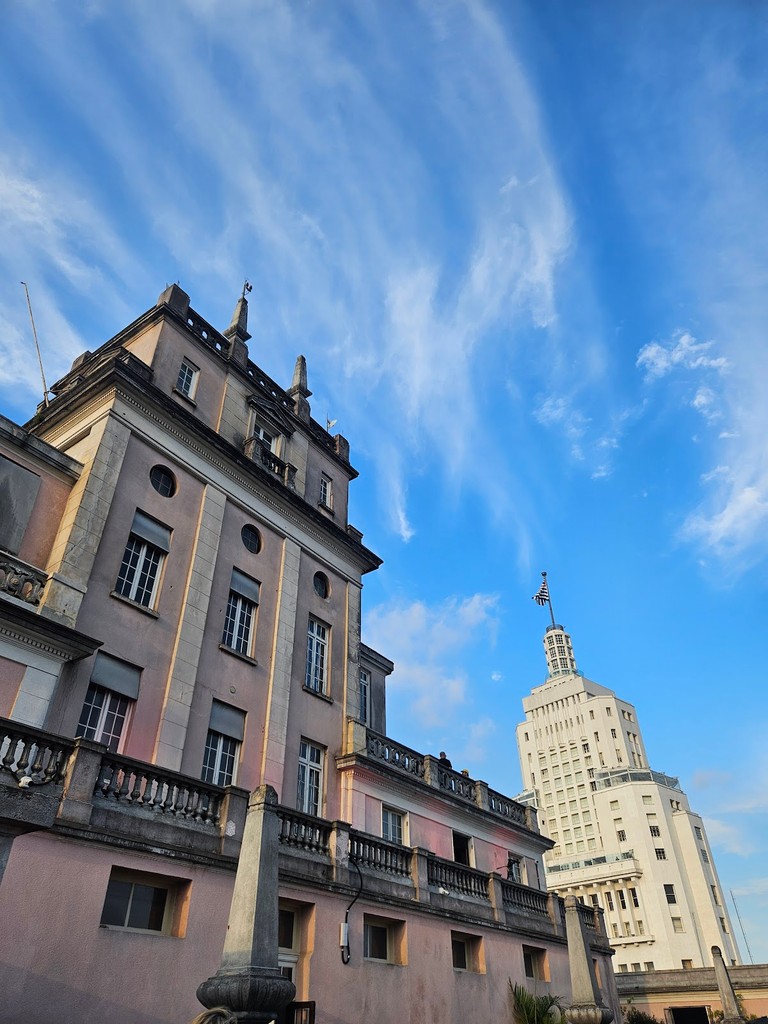
Martinelli Building (Edifício Martinelli) (Source: Google Maps)
The Martinelli Building, known as Edifício Martinelli, is recognized as Brazil's first skyscraper, completed in 1934. This architectural marvel stands at 130 meters tall and was designed in the Art Deco style, featuring a striking façade with intricate details. The building originally served as an office space and is notable for its rooftop terrace, which offers panoramic views of São Paulo's sprawling cityscape. The building's history is intertwined with the growth of São Paulo as a major urban center, and it has been a symbol of the city's architectural innovation. Today, visitors can explore the building's historical significance and enjoy the breathtaking views from the top.
Galeria do Rock
Dive into São Paulo's underground culture at Galeria do Rock, a hub for music lovers and alternative fashion enthusiasts.
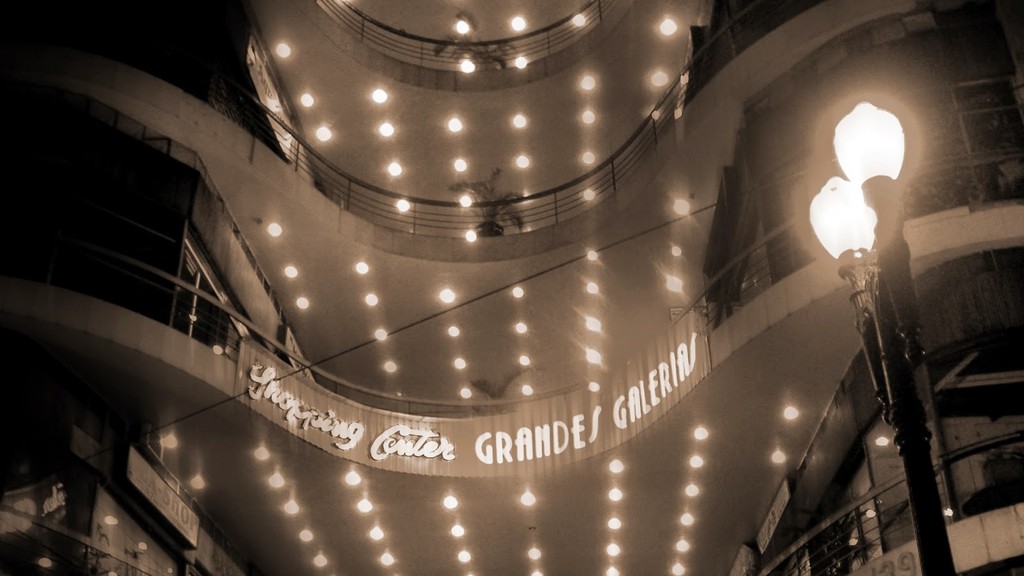
Galeria do Rock (Source: Google Maps)
Galeria do Rock is a vibrant cultural space that embodies São Paulo's underground music scene and alternative fashion. Opened in 1963, this iconic building houses a variety of shops, studios, and performance spaces dedicated to rock music and subculture. The eclectic mix of stores offers everything from vinyl records to vintage clothing, attracting music lovers and fashion enthusiasts alike. The gallery often hosts live music events and art exhibitions, making it a dynamic hub for creativity and expression. Its walls are adorned with graffiti and murals that celebrate the city's rich musical heritage, making it a must-visit destination for anyone interested in São Paulo's cultural landscape.
Municipal Theatre of São Paulo (Theatro Municipal)
A short walk will bring you to the Municipal Theatre, an architectural gem inspired by the Paris Opera, hosting diverse cultural performances.
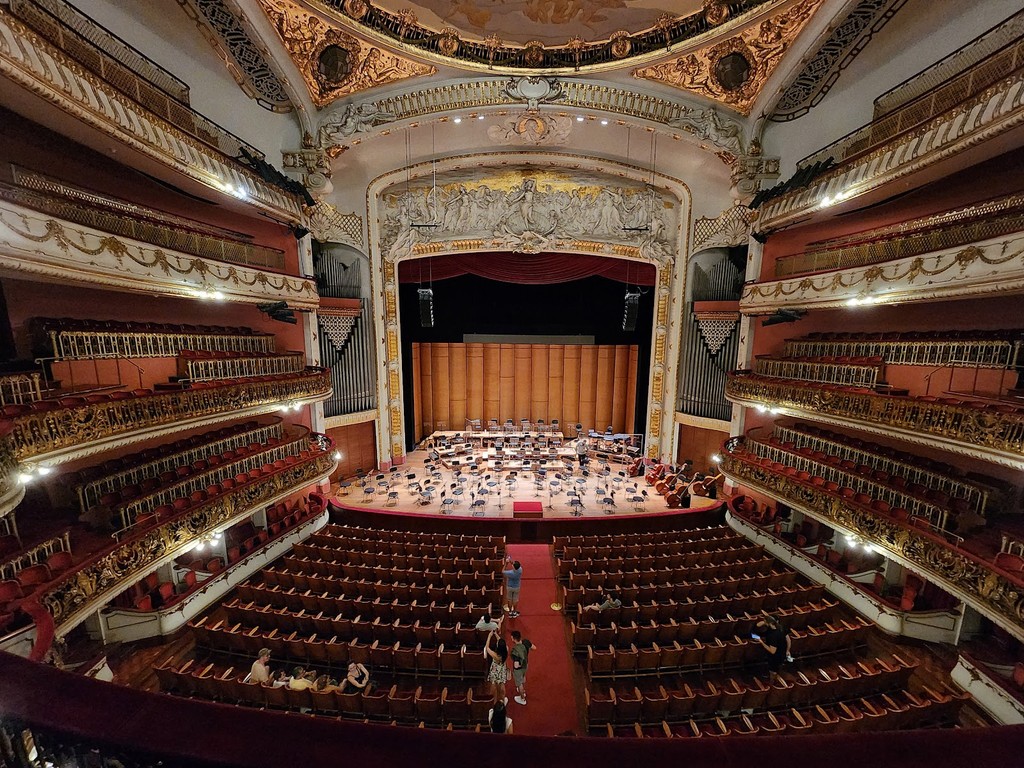
Municipal Theatre of São Paulo (Theatro Municipal) (Source: Google Maps)
The Municipal Theatre of São Paulo, known as Theatro Municipal, is a stunning architectural gem inspired by the Paris Opera. Opened in 1911, it showcases a neoclassical design with ornate interiors featuring grand chandeliers, gilded decorations, and intricate murals. The theater is home to the São Paulo Symphony Orchestra and hosts a variety of cultural performances, including opera, ballet, and concerts. Its acoustics are renowned, making it a favored venue for both local and international artists. The theater's rich history is reflected in its elegant architecture and the cultural events it continues to host, making it a cornerstone of São Paulo's artistic community.
Copan Building (Edifício Copan)
Explore the iconic Copan Building, designed by Oscar Niemeyer, known for its distinctive wave-like design and vibrant urban life.
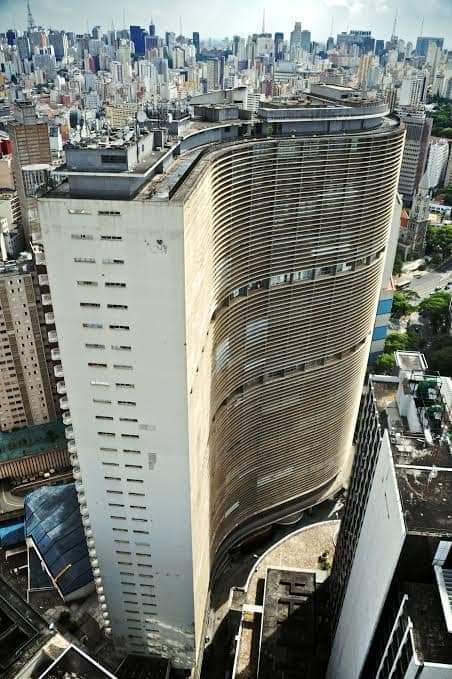
Copan Building (Edifício Copan) (Source: Google Maps)
The Copan Building, designed by the renowned architect Oscar Niemeyer, is an iconic structure in São Paulo, celebrated for its unique wave-like design. Completed in 1966, it stands as one of the largest residential buildings in Brazil, with over 1,160 apartments. The building's curvilinear form and expansive glass façade create a striking silhouette against the city skyline. Inside, the Copan features a vibrant community with shops, cafés, and public spaces that encourage social interaction. Its architectural significance and innovative design reflect the modernist movement in Brazil, making it a key landmark in the city's urban landscape.
Pinacoteca do Estado de São Paulo
Walk to the Pinacoteca, one of Brazil's most important art museums, featuring a vast collection of Brazilian art from the 19th century to the present.
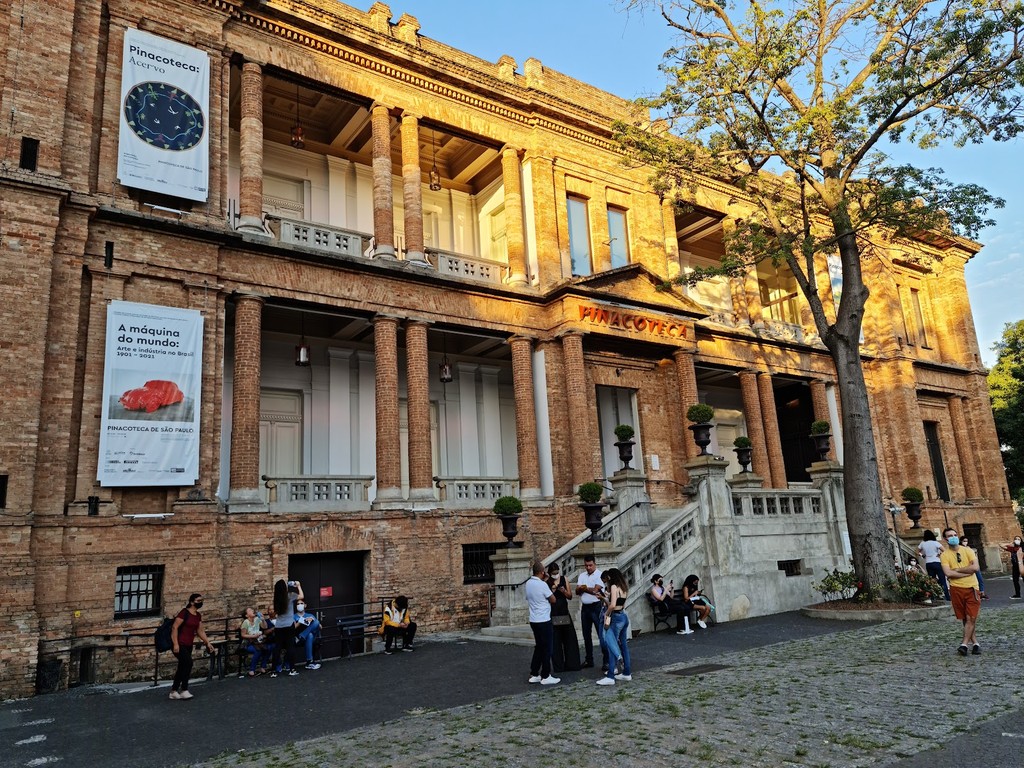
Pinacoteca do Estado de São Paulo (Source: Google Maps)
The Pinacoteca do Estado de São Paulo is one of Brazil's most important art museums, showcasing an extensive collection of Brazilian art from the 19th century to the present. Housed in a beautifully restored neoclassical building, the museum features works by renowned artists such as Tarsila do Amaral and Candido Portinari. The Pinacoteca not only displays paintings but also hosts temporary exhibitions, educational programs, and cultural events that promote the appreciation of art. Its gardens provide a tranquil setting for visitors, making it a perfect destination for art lovers and those seeking to explore Brazil's rich artistic heritage.
Estação da Luz
Conclude your tour at Estação da Luz, a historic train station and architectural marvel that now houses the Museum of the Portuguese Language.
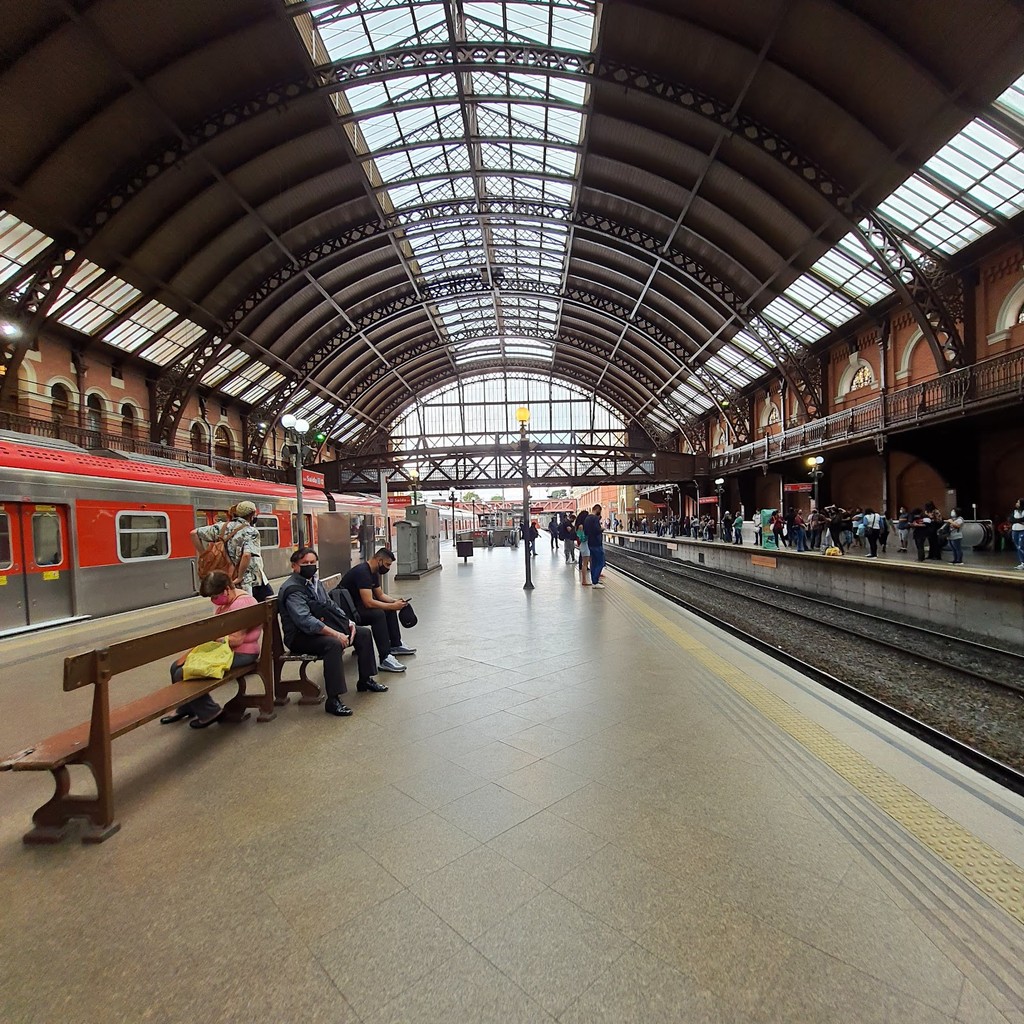
Estação da Luz (Source: Google Maps)
Estação da Luz is a historic train station in São Paulo, recognized for its stunning architecture and cultural significance. Opened in 1901, the station features a Victorian-style design with red brick façades and elegant clock towers. It serves as a major transportation hub and houses the Museum of the Portuguese Language, dedicated to the exploration of the Portuguese language and its cultural impact. The station's interior is adorned with beautiful stained glass windows and intricate details that reflect its historical importance. Estação da Luz stands as a testament to the city's development and serves as a gathering place for both commuters and cultural enthusiasts.

Your travels, your rules.
Create your own Free Walking Tours.
Set your preferences, distances and anything you want to do or see.
Completely free, no payment required.